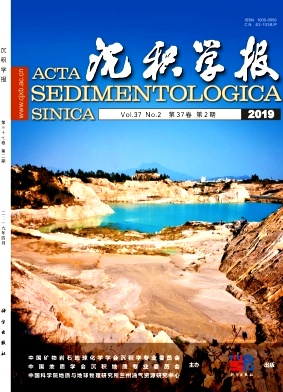Sedimentary Response to Paleoclimate Change in the East China Sea Shelf Basin
doi: 10.14027/j.issn.1000-0550.2018.133
- Received Date: 2018-02-08
- Rev Recd Date: 2018-04-20
- Publish Date: 2019-04-10
-
Key words:
- East China Sea Shelf Basin /
- Paleogene /
- palaeoclimate /
- ancient plant
Abstract: The climate evolution of the Paleogene experienced changing from "greenhouse climate" to "ice chamber climate". During this period, three significant climate events occurred:the PETM event, the Oi-L event and the Mi-L event. Using pollen and foraminifera data, we discuss the ancient biological differences in the East China Sea Shelf Basin based on the global palaeoclimate. According to the characteristics of the pollen assemblage with the monsoon climate formed in the Oligocene, we restore the ancient plant and climate patterns in the East China Sea Shelf Basin. Based on this, a comparison was carried out on the temperature and humidity changes in the East China Sea Shelf Basin, with special references to global temperature and sea level changes. We suggest that a certain coupling relationship exists between the climate changes in the East China Sea Shelf Basin and global sea level change, which helps us better understand climate change in the East China Sea Shelf Basin during the Oligocene. The formation of the monsoon climate during the Oligocene led to the humid climate characteristics of the Huagang Formation in the East China Sea Shelf Basin.
| Citation: | CHANG YinShan, ZHAO Hong, QIN Jun, LI Shuai, ZHANG JianPei. Sedimentary Response to Paleoclimate Change in the East China Sea Shelf Basin[J]. Acta Sedimentologica Sinica, 2019, 37(2): 320-329. doi: 10.14027/j.issn.1000-0550.2018.133 |






 DownLoad:
DownLoad: